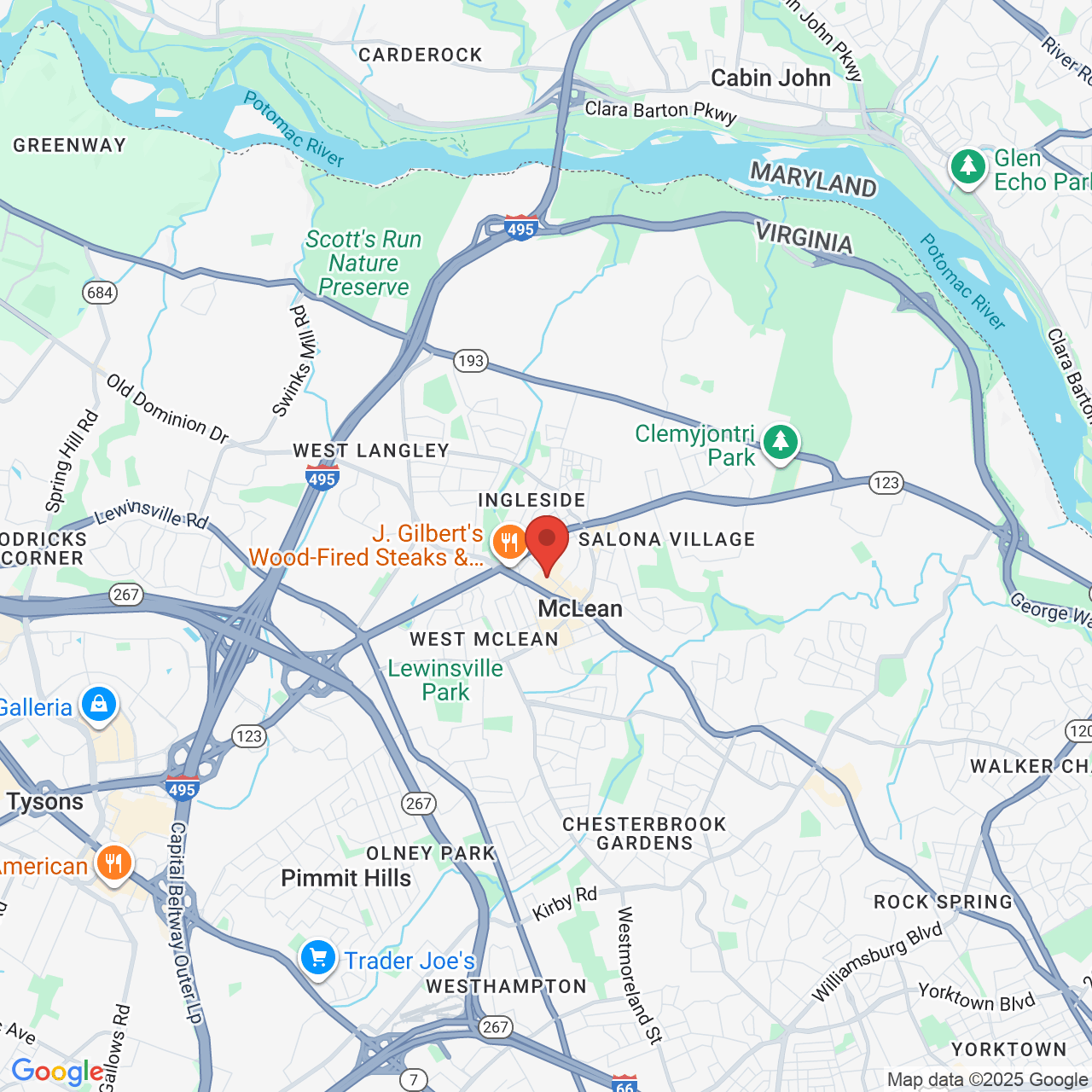Description
Bone and gum grafts can replace the supportive tissues in your mouth if they are diseased or recessed. If you're not currently a candidate for dental implants due to jawbone recession, Dr. Han can use bone grafts to strengthen your jawbone and prepare it for implants. If you have gum recession, he can use an allograft to cover the exposed tooth root and restore your gum health.
View transcript
00:00:07.167 --> 00:00:12.933
Bone grafts are used
to regenerate what you have lost.
00:00:13.233 --> 00:00:17.800
The bone graft is being inserted
into where it's necessary.
00:00:18.167 --> 00:00:21.533
Most times
where the implant needs to go in,
00:00:22.133 --> 00:00:25.033
and there's a lack of bone
to support that implant,
00:00:25.200 --> 00:00:28.367
then we can actually insert
the bone graft material,
00:00:28.433 --> 00:00:30.733
let it heal,
and then place an implant.
00:00:31.033 --> 00:00:35.067
A lot of times, when I'm
actually doing the implant surgery,
00:00:35.240 --> 00:00:40.800
if there's just enough bone that we can
retain that implant right away,
00:00:41.100 --> 00:00:44.467
then I prefer to get an implant right away
after the extraction
00:00:44.567 --> 00:00:46.733
and rest of the voided bone area,
00:00:46.840 --> 00:00:50.800
we insert the bone graft at the same time,
and then we secure that area
00:00:50.867 --> 00:00:53.167
so the bone and implant can heal together.
00:00:53.240 --> 00:00:56.934
Tissue graft, generally, we're
referring to gingival tissue graft.
00:00:57.000 --> 00:01:01.414
The gingiva itself is the skin,
usually we call this gum,
00:01:01.480 --> 00:01:03.500
that's surrounding your teeth.
00:01:04.467 --> 00:01:07.800
The main purpose of the gingiva
is to protect the bone,
00:01:08.200 --> 00:01:11.633
just like our skin that's
protecting our muscles and the bone.
00:01:11.800 --> 00:01:16.000
Recession is the gum that is
missing surrounding your teeth.
00:01:16.433 --> 00:01:17.967
Once the recession happens,
00:01:18.067 --> 00:01:21.033
you're very sensitive part
of the tooth being exposed,
00:01:21.233 --> 00:01:22.667
which is the root surface.
00:01:23.000 --> 00:01:26.760
Root surface is supposed to be
protected by bone and the gum tissue.
00:01:26.867 --> 00:01:29.254
When the recession happens,
your root is exposed.
00:01:29.320 --> 00:01:30.600
Since it's very sensitive,
00:01:30.667 --> 00:01:33.567
we want to cover that back
with your brand-new gum tissue.
00:01:35.000 --> 00:01:38.133
It sounds very scary you're actually
getting a gingival graft done,
00:01:38.200 --> 00:01:41.200
but this gingival graft
can be done very simply
00:01:41.267 --> 00:01:43.333
by using somebody else's tissue.
00:01:44.067 --> 00:01:46.200
That's what we call allografts.
00:01:46.567 --> 00:01:51.600
Most patients can receive bone grafts.
It is a very predictable procedure.
00:01:51.920 --> 00:01:55.534
This is what I teach,
and this is what I was taught,
00:01:55.600 --> 00:01:59.100
and this is where my passion is,
and this is what I really enjoy doing.
00:01:59.333 --> 00:02:02.334
You will see you and I will be
laughing about it, enjoying it,
00:02:02.400 --> 00:02:03.800
and we'll be working together.
00:02:03.920 --> 00:02:07.400
Bottom line is, this is what I do,
and this is what I'm good at.


















